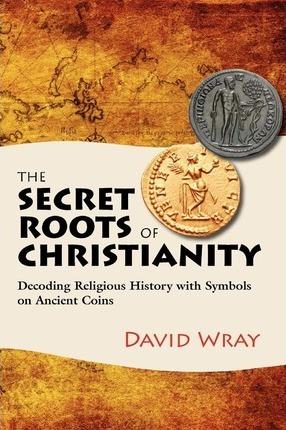Traditional religious history preserves a rarely acknowledged secret that Christianity developed from at least three ancient roots: a Western structural root derived from Mediterranean Greek culture, an Eastern spiritual root from Anatolia and Persia, and a literary Jewish historical root, which masked the other roots and supported the idea that Christians had taken the place of Jews in relationship with God by entering a new covenant with Jesus. Each root contributed something special to the development of Christianity as follows: - Supported by pagan iconography and rhetoric, the Western root imprinted Christianity with Greek spirit in a Hellenistic universe. - The Eastern root filled the Greek construct with magic, focused humanity on a divine mission, and infused popular reverence for goddesses into Christian beliefs about the Virgin Mary. - The literary Jewish root played two contradictory roles: Jewish scripture served as the reliable witness that proved Jesus to be both God and savior; and double-edged moral lessons in the Old Testament explained catastrophic events in the first century A.D. as divine judgment against Jews, supporting beliefs by early pagan converts to Christianity that Romans were good, Jews were bad, and God abandoned Jews for treacherously murdering Jesus. Two thousand years ago, Mediterranean cults included practices and beliefs that modern Christians associate exclusively with Christianity. People worshipped divine mothers who gave birth to dying and resurrecting gods on December 25. Saviors miraculously healed faithful followers and guided them to lead moral lives. Some cults baptized their followers, some passed their sins and inner demons to pigs, and some waited for a complete destruction of evil during the imminent End of Days. Then, as now, people argued whether the end would come by fire or water and whether many or few souls would be saved. Numerous symbols and beliefs associated in modern times with Christianity already existed in pre-Christian Hellenistic cults: Madonna and child images, angels, God the Father, the cross as a symbol of life after death, and the gift of eternal life through the shedding of immortal blood. On temple walls, wise men offered gifts of incense and gold to newborn gods; and merciful mothers granted salvation to the poor in spirit who confessed, repented, and begged forgiveness for their sins. However, Jews generally rejected all these practices, symbols, and beliefs. Some Jews believed in ph









